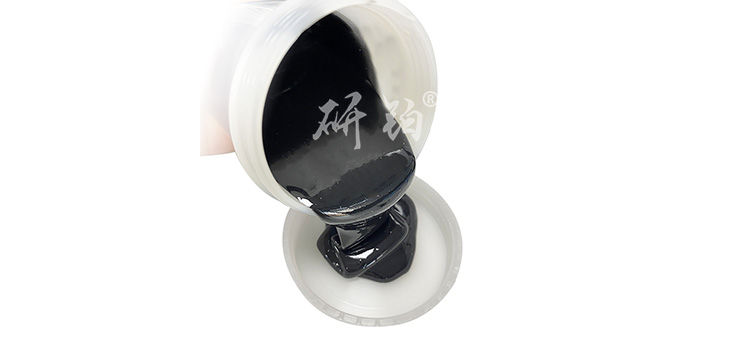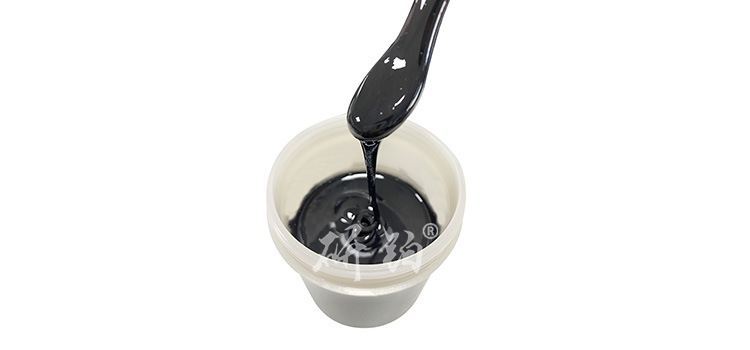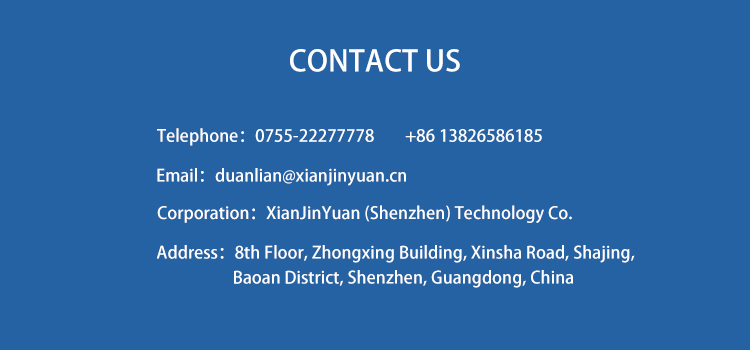

Hotline:0755-22277778
Tel:0755-22277778
Mobile:13826586185(Mr.Duan)
Fax:0755-22277776
E-mail:duanlian@xianjinyuan.cn
In modern electronics industry, resistor paste is an indispensable key material. However, traditional resistor pastes often have a certain negative impact on the environment during production and use. With the continuous enhancement of global environmental awareness, research and applicationEnvironmentally friendly resistor pasteBecoming a new trend in industry development. This article will delve into the cutting-edge information of environmentally friendly resistor pastes and reveal the latest developments in this green revolution.
Traditional resistor pasteIt is mainly composed of precious metals, organic solvents, and adhesives. Although these materials can meet the performance requirements of electronic components, they generate a large amount of hazardous waste during the production process. For example, the volatilization of organic solvents can cause pollution to the atmosphere, while the discharge of heavy metals may have toxic effects on water bodies and soil. In addition, the recycling and processing of traditional resistor pastes also face many technical challenges, leading to resource waste and environmental pollution.
In order to address the environmental issues of traditional resistor pastes, researchers have begun exploring new materials and technologies to achieve sustainable development in the electronics industry.Environmentally friendly resistor pasteThe research and development mainly focuses on the following aspects:

In recent years, significant progress has been made in the research and development of environmentally friendly resistor pastes, and the following are some key technological breakthroughs:
The application of nanomaterialsThe introduction of nanotechnology enables the sintering of resistive slurries at lower temperatures, thereby reducing energy consumption and harmful gas emissions. Meanwhile, the high specific surface area and excellent electrical properties of nanomaterials make them an ideal alternative material.
Development of biobased materialsResearchers are studying the use of biomass materials as the matrix for resistive slurries, which can naturally degrade after use without causing environmental pollution. For example, biomass materials such as lignin and cellulose have been successfully applied in the preparation of resistance slurries.
Development of water-based slurryTraditional organic solvent based slurries release large amounts of volatile organic compounds (VOCs) during use, which have a serious impact on air quality. Water based slurries have become a research hotspot due to their low toxicity and volatility. By optimizing the formula and improving the process,Water-based slurryThe performance has approached or even exceeded that of traditional organic solvent based slurries.
Progress in recycling technologyIn order to improve resource utilization, researchers are committed to developing efficient recycling technologies to extract valuable materials from waste electronic components. For example, solvent extraction and electrochemical methods can be used to recover precious metals from discarded resistor slurries, reducing environmental pollution.
With the increasingly strict environmental regulations and the strengthening of consumer environmental awareness,Environmentally friendly resistor pasteThe market demand is growing rapidly. According to market research institutions' predictions, the global market size of environmentally friendly resistor paste will grow at an average annual rate of 10% in the next five years. Especially in emerging industries such as new energy vehicles, smart grids, and the Internet of Things, the application prospects of environmentally friendly resistor paste are broad.

Although significant progress has been made in the research and development of environmentally friendly resistor pastes, there are still some technical and market challenges. Firstly, the high cost of new materials limits their large-scale application. Secondly, the existing production processes and equipment need to be modified and upgraded to meet the production needs of environmentally friendly resistor pastes. In addition, the performance of environmentally friendly resistor paste needs to be further improved to meet the stringent requirements of high-end electronic products.
In the future, with the continuous advancement of technology and the gradual improvement of the industrial chain, the cost of environmentally friendly resistor paste is expected to decrease, and its performance will be further optimized. At the same time, the cooperation between the government and enterprises will also promote the popularization and application of environmentally friendly resistor pastes, achieving the green development of the electronics industry.
Environmentally friendly resistor pasteThe research and application of this technology is an important step towards sustainable development in the electronics industry. Through continuous innovation and technological progress, we have reason to believe that environmentally friendly resistor pastes will occupy an important position in the future electronics industry, making positive contributions to protecting the earth's environment and promoting resource recycling. Let us look forward to the arrival of this green revolution and contribute to the construction of a better ecological environment.


Advanced Institute (Shenzhen) Technology Co., Ltd, © two thousand and twenty-onewww.avanzado.cn. All rights reservedGuangdong ICP No. 2021051947-1 © two thousand and twenty-onewww.xianjinyuan.cn. All rights reservedGuangdong ICP No. 2021051947-2